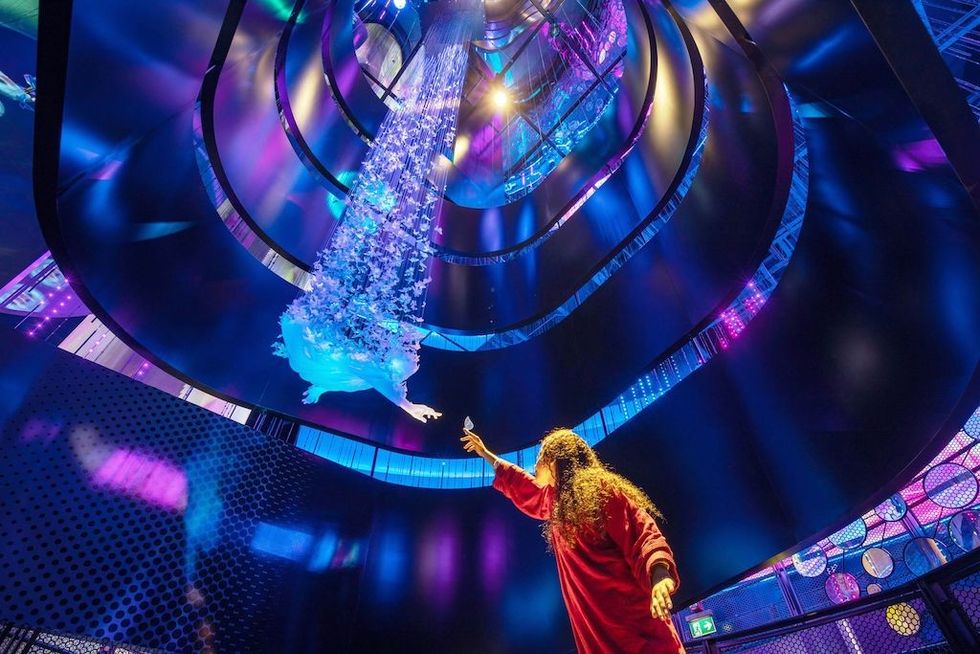Ahead of greenloop 2025, blooloop’s annual conference focusing on sustainability in visitor attractions, we take a look at some of the top trends to watch in the industry. From measuring Scope 3 emissions to regenerative tourism projects, climate-conscious developments in the attractions business show attempts to provide a greener experience.
2024: the warmest year on record, breaking 1.5°C
And there’s no time like the present. The World Meteorological Organization (WMO) has confirmed that 2024 was the warmest year on record, based on six international datasets. The past 10 years have all been in the top 10 in a concerning streak of record-breaking temperatures. It’s likely that 2024 was the first calendar year with a global mean temperature of more than 1.5 degrees above pre-industrial levels.
[The] assessment from the World Meteorological Organization (WMO) proves yet again – global heating is a cold, hard fact.
Individual years pushing past the 1.5 degree limit do not mean the long-term goal is shot. It means we need to fight even harder to get on track. Blazing temperatures in 2024 require trail-blazing climate action in 2025. There’s still time to avoid the worst of climate catastrophe. But leaders must act – now.
Join us at greenloop
Join us at greenloop 2025 to learn more. This year, the original sustainability conference focused on the global visitor attractions industry has another inspiring line-up of speakers. Now in its fifth year, this is a must-attend event for anyone interested in visitor attraction sustainability.
blooloop director Rachel Read said in advance of greenloop:
“2025 is a pivotal year for climate action. We’re just five years off 2030, we’ve yet again experienced the hottest year on record, and the US is slashing programmes to limit global warming. The science is clear; climate change is real, happening and a threat to humanity. We can still make a difference if we take action now. But we can make more of a difference if we do it together, so please join us at greenloop.”
Ruth Read, blooloop’s sustainability manager, said:
“We work really hard each year to find the best – and most qualified – speakers for greenloop, as we know that climate change can be an intimidating topic to try and tackle alone. We promise to do everything we can to help support you in your sustainability journey.”
Some of our key sustainability trends for 2025 carry over from last year’s predictions. Meanwhile, new movements include a look at strategic climate funds and ride innovations in theme parks. Keep reading to find out more.
Regenerative tourism experiences
Kicking off blooloop’s top 2025 sustainability trends is eco-tourism, specifically regenerative tourism. This aims to contribute to the restoration and enhancement of destinations and their local communities.
Red Sea Global in Saudi Arabia, for example, is redefining project development with a focus on luxury, sustainability, and innovation. By 2030, it aims to build 50 resorts along the kingdom’s Red Sea coast, each committed to environmental protection.
“We’re doing this by enhancing our habitats. We’re planting mangroves, seeding seagrass, working on coral regeneration projects, and improving the land vegetation. In addition, we have conservation projects that we’re embedding into the visitor experience,” Lindsay Madden-Nadeau, senior director of wellness strategy at Red Sea Global, told blooloop.
The Eden Project is another pioneer in the world of eco-tourism. It opened its iconic biomes in a disused Cornish clay pit in 2001. Now, it’s one of the most visited attractions in the UK.
Eco-tourism at Eden and The Red Sea
Eden Project International was first established in 2014 and is spreading the green concept worldwide.
New Eden sites are coming to South America and Central America, as well as China, Australia, and New Zealand. Meanwhile, in the UK, projects are underway in Lancashire, Dorset, Northern Ireland, and Scotland. All new Eden destinations focus on the individual challenges that affect each location, such as water, food, biodiversity, or soil.
Hawaii Visitors and Convention Bureau CEO Aaron Sala said at the Travel Weekly Hawaii Leadership Forum in April, "Tourism as we have known it is over."
He added: "The traditional model is not just outdated, it is extractive, colonial, dangerously romantic. It asked communities to perform authenticity while their futures were auctioned off for occupancy. It celebrated arrivals while silencing the voices of those displaced by rising rents and eroding shorelines.”
Tech for a better world
Tech for good, or tech for a better world, means the use of technology to address social or environmental challenges. Another of blooloop’s top sustainability trends for 2025 focuses largely on robots and drones. Autonomous innovations are being put to work by operators across the world.
When it comes to robots, the UK’s Blenheim Palace has been testing a robot dog monitoring the impact of climate change. In Saudi Arabia, Red Sea Global has a state-of-the-art robot to clean its beaches.
As for drones, Ocean Park Hong Kong’s conservation foundation is working with scientists to protect local horseshoe crabs using the unmanned aerial vehicles and artificial intelligence (AI).
Via a report in the South China Morning Post, the local population of endangered horseshoe crabs has declined by 90 percent. Ocean Park’s response is an AI system to accurately distinguish horseshoe crabs from other small objects in mudflat areas.
“We believe that by using AI technology, we can effectively and efficiently collect data on the number of local horseshoe crabs,” said Howard Chuk Hau-chung, director of the Ocean Park Conservation Foundation.
AI, robots and drones for conservation
Chen Xi, a research assistant professor at the Chinese University of Hong Kong and part of the project team, said:
“What used to be an hour of collecting data by eye and counting the crabs one by one can easily be done in a few minutes with unmanned drones.”
Back in the UK, UK zoo Marwell Wildlife is developing drones to monitor endangered species in the wild in partnership with the University of Southampton. This drone technology uses thermal imaging, high-definition cameras, and AI to keep track of animals such as snow leopards in Kazakhstan and Grévy’s zebra in Kenya.
Philip Riordan, conservation director at Marwell Wildlife, said:
“The potential applications of existing technologies for wildlife conservation are already huge and largely untapped. This project will use what is available and, with our partners, drive further innovations that can help conservationists around the world.”
Ride innovations in theme parks
Electrifying and innovating vehicles and rides in visitor attractions is one of our top sustainability trends for 2025. Recently, parks like Universal Studios Hollywood, Disneyland and Efteling have led this movement. Universal’s California park now has a Studio Tour fleet powered by electric instead of diesel-hydraulic engines. Disneyland’s Autopia car ride is going electric from gas engines. Efteling’s steam trains are also being converted from coal to electric.
Ghibli Park also houses eco-friendly Catbus electric vehicles. These are designed to both look and feel like the Catbus from My Neighbor Totoro.
When it comes to sustainable ride innovations, these will also be on show in the new Mattel Adventure Park locations in Glendale, Arizona and Kansas City, Missouri. Highlights in Mattel Adventure Parks include Hot Wheels-themed coasters, a Barbie Beach House, and Thomas & Friends attractions.
The Hot Wheels coasters are called Bone Shaker: The Ultimate Ride and Twin Mill Racer. The former is an 84-foot-tall family coaster. The latter offers a double loop and two corkscrews. Mark Cornell is president of Epic Resort Destinations, the developer of the parks. He told blooloop the team has created “one of the most efficient launching coasters in the world”.
Energy-efficient coasters and EVs
He added: “All of our numbers say that we’re probably using 70 percent less power with this method. That is simply amazing. I want to scream that from the rooftops, to be able to accomplish this level of efficiency.”
Data centre energy used to heat
A new addition to our top sustainability trends in 2025 is the potential use of heat generated by data centres to heat pools in water parks and other visitor attractions.
In North America, the top 20 water parks by attendance welcomed a combined 12.6 million guests, according to the 2023 TEA/AECOM Theme Index. The Asia-Pacific region’s water parks attracted a total of 13.7 million visitors. These parks are run by global operators like Chimelong, Disney and Universal.
Using excess heat from data centres could be implemented at water parks across the world. So far, it has been trialled in the UK with a £200 million investment from British energy group Octopus Energy. A green tech firm called Deep Green piloted the scheme at a public swimming pool in Exmouth, Devon, using energy from a computer data processing centre to heat the water.
Mark Bjornsgaard, chief executive of Deep Green, said the project could be expanded beyond pools to other sites. He told the Guardian:
"If just 1 percent of the data centre demand in the UK operated on our servers, we could deploy in every public pool in the country. The backing from Octopus is the first step."
Potential solutions for water parks
He added: "This is no longer just about pools, however. We have received interest from a wide range of other potential partners who could make use of our free heat, such as district heating networks.”
We need innovative solutions to unusual problems
Zoisa North-Bond, chief executive of Octopus Energy Generation, said:
“To tackle the energy crisis head-on, we need innovative solutions to unusual problems. By using excess heat from data centres to slash energy bills for communities across the UK, Deep Green solves two problems with one solution.”
Measuring Scope 3 emissions
Another of our sustainability trends for 2025 is measuring Scope 3 emissions. This means keeping track of all emissions associated with a company up and down its supply chain.
Merlin Entertainments is a vital champion for sustainability in the sector as the second-largest visitor attraction operator in the world. Dare Ilori, sustainability director at Merlin, spoke to blooloop about accurately measuring Scope 3 emissions in an ever-growing company.
“Scope 3 is not something that you just snap your fingers and get,” he said in 2024. “But I’m hoping that by this time next year, I’ll be able to say our Scope 3 is now cleaner and clearer than just spend data.”
Another company considering Scope 3 is Walt Disney Imagineering:
Imagineering’s design studio executive Emily Dow said: “I really hope we can work together to push the industry to really look at Scope 3 emissions. I hope we can encourage the manufacturers and suppliers to provide greener alternatives. I also hope we can encourage our government partners and our regional agencies to invest in sustainable infrastructure projects."
In Spain, PortAventura World is working with its suppliers to measure and reduce the carbon in purchased goods and services. Choni Fernandez Veciana, director of central services and sustainability at PortAventura, said:
“We are going to rank our vendors. We are also going to reward the ones who have this commitment with emissions reduction.”
Also, Guggenheim Museum Bilbao was the first museum in Spain to measure the carbon footprint of its direct and indirect emissions. In the UK, Blenheim Palace aims to become carbon neutral across Scopes 1 to 3 by 2027. It also hopes to be carbon negative by 2050.
Environmentally-friendly cruises
From phasing out single-use plastics to using low-emission energy sources, the cruise industry is working to make cruise holidays more sustainable. Disney is leading the way with a programme of innovation and research. It also has a company-wide commitment to reach near net zero by 2030.
Initiatives at Disney Cruise Line include reducing Scope 3 emissions and going plastic-free. It is also powering its ships with low-emission liquefied natural gas (LNG), ultra-low-sulphur fuel and green methanol.
On the Disney Wish, the company is recycling energy, saving fuel through design, using energy-efficient heating and air conditioning systems, and utilising an advanced energy-saving wastewater treatment system.
In a statement in 2022 announcing the launch of Disney Wish, Sharon Siskie, senior vice president and general manager of Disney Cruise Line, said:
“All of our Disney Cruise Line ships were built with some of the most advanced systems available at the time. We continue to invest in our fleet by incorporating the latest technology that helps us minimize our impact on the environment. The Disney Wish serves as a floating lab that will help us discover how new innovations can be used throughout the rest of our fleet to help us meet our environmental goals.”
Sustainability innovations at Disney Cruise Line
Barry Compagnoni, Disney Cruise Line’s VP for safety, security and environmental policy and compliance, told blooloop in a 2023 interview:
“We want, from a cruise line perspective, to be a leader as we move with the industry.”
Disney Cruise Line’s sustainability initiatives include Lookout Cay at Lighthouse Point, a new island destination in the Bahamas. Disney aimed to minimise the environmental impact of the design and construction of the site. It developed and operates Lookout Cay sustainably in accordance with its 2030 environmental goals.
Dr Mark Penning, vice president for animals, science and environment at Disney’s parks division, told blooloop:
“I have been so delighted to work in a company where protecting the environment, protecting the magic we talk about, is just as important as the magic itself.”
Another cruise company attempting to make its fleet more sustainable is Ponant. Last year, it became the world’s first cruise line to earn a Green Globe certification. Ponant was also the world’s first cruise line to abandon heavy fuel oil, with the whole fleet using low-sulphur marine gas oil from 2019.
Among Pontant’s sustainability initiatives is a fleet equipped with catalytic systems to reduce nitrogen oxide emissions, and the phasing out of single-use plastics.
Strategic climate funds
One of our sustainability trends for 2025 looks at making an impact through strategic climate funds in the arts and museums sector.
The strategic climate fund (SCF) scheme has been conceived as a solution to the problems associated with offsetting by the Gallery Climate Coalition (GCC), an international membership organisation providing environmental sustainability guidelines for art institutions and more.
The initiative comes as commonly-used climate interventions like net zero targets, carbon credits and tree planting come under fire. Per the GCC, strategic climate funds challenge the mainstream approach to financing environmental initiatives, which still relies largely on the conventional carbon offset market.
The Gallery Climate Coalition advises its members against the use of conventional carbon offsetting and individual net zero targets, which can allow for misleading claims that an organisation is carbon neutral. Here’s what the group says:
“Carbon offsetting means paying someone else to reduce or remove emissions that will ‘cancel out’ your own.
“Typically, these schemes sell carbon credits that equate to the quantity of CO2e emitted. This money is then spent on projects that either claim to draw CO2e out of the atmosphere, like tree planting, or prevent future emissions, like renewable energy projects.
“In practice, this often means that organisations reduce some emissions but ultimately use potentially ineffectual offsetting schemes to reach ‘net zero’."
Tackle individual emissions and support climate action
Setting up a strategic climate fund involves allocating money into a set fund each year and then using the money to support climate action. Funds could go towards external organisations working on the climate crisis. Or towards internal sustainability initiatives that remove emissions and waste directly from operations and supply chains.
The idea is that rather than spending money on conventional carbon offsets, museums and other arts organisations should measure their own emissions and create an action plan for reducing them by at least 50 percent by 2030, and set aside the additional money to support frontline climate projects without claiming that these neutralise or cancel out their own emissions.
The GCC’s initiative is a new way to tackle individual emissions and take climate action. As a solution, it could be taken on by more visitor attractions, such as zoos, aquariums, theme parks, water parks and immersive destinations.
Retrofitting for sustainability
Retrofitting for sustainability is another one of our top trends for 2025. The process involves upgrading existing buildings and spaces to improve energy efficiency and reduce environmental impact. Retrofitting can include improvements such as insulation, window upgrades and moving to renewable energy sources.
Merlin, for example, invested £2 million into a total of 50 green energy projects at its global attractions last year. Key projects include upgrades to LED lighting systems at Gardaland Resort, resulting in substantial energy savings.
At Sea Life Charlotte-Concord in the US, Merlin has installed a new pump system to improve energy efficiency and reduce noise. Legoland Korea has adopted on-site solar photovoltaic installations to generate renewable energy and reduce its reliance on traditional energy sources.
Paultons Park in the UK is also planning a new £1.5 million solar energy project to reduce its impact on the planet. Other green initiatives at the park include two grass-roofed buildings, water usage reduction technologies, and energy efficient building materials.
World-class theme parks invest in solar
Other theme parks investing in solar power include Efteling in the Netherlands, PortAventura World in Spain, and Six Flags, SeaWorld and Disney parks.
The redevelopment of old or unused sites into visitor attractions is also a growing trend for this year. One example is from museum design company the Creative Core, which is designing and building a new attraction in Wales called Stori Brymbo. This is located on the former Brymbo iron and steel works site.
A similar project is the Battersea Power Station transformation. Sam Cotton, head of asset management at Battersea Power Station Development Company, told blooloop:
“The two Turbine Halls are excellent examples of how the building’s character has been retained with their original crane gantries, steel beams, water gauges and faience tiles still on display, whilst at the same time being adapted for modern use.”
Increasing community engagement
Last but not least on our list of the top sustainability trends for 2025 is community engagement, as more and more operators in the attractions sector look to engage guests, suppliers and communities with climate change and sustainability.
This can mean involving visitors, local residents and stakeholders in developing and implementing climate action plans to build a more informed community, with initiatives designed to be relevant and effective.
Monterey Bay Aquarium, for example, has a strong focus on conservation and is a founding member of the Aquarium Conservation Partnership (ACP), a coalition aimed at inspiring collective action for ocean and freshwater conservation.

To engage its online community, the aquarium uses social media and other platforms to campaign and encourage climate action. In one of these efforts, it provided ways for followers and guests to write to congress regarding environmental laws. Another gave solutions to pollution caused by fish aggregating devices.
Donation drives
Also engaging the community is the Columbus Zoo and Aquarium. For this year’s Earth Day, the zoo provided eco-friendly activities and donation drives. People could bring various recyclable or reusable items to designated drop-off areas, and the zoo hosted a handheld electronics recycling drive as part of an effort to protect gorilla habitats in the Democratic Republic of the Congo.
Across the country, we interact with nature in different ways
Beyond zoos, the Natural History Museum in London has funded 12 regional museums and cultural partners across the UK to run climate action events this year. These range from workshops in secondary schools to climate exhibitions in local museums.
Tom Bevan, head of national programmes at the museum, said: “We’re proud to support the fantastic work our partners are doing to empower communities to connect with issues facing the natural world."
He said: “Across the country, we interact with nature in different ways. This programme is perfectly placed to amplify stories from different communities and drive meaningful action for a future where people and planet thrive.”
greenloop 2025
greenloop, blooloop’s online conference focusing on sustainability in visitor attractions, is now in its fifth year.
Buy a ticket to greenloop 2025
hereThis year's greenloop will feature industry leaders, sustainability experts, insightful case studies and signposting to places where delegates can get more information. Our sessions are relevant across all sectors from theme parks and water parks to zoos and museums.


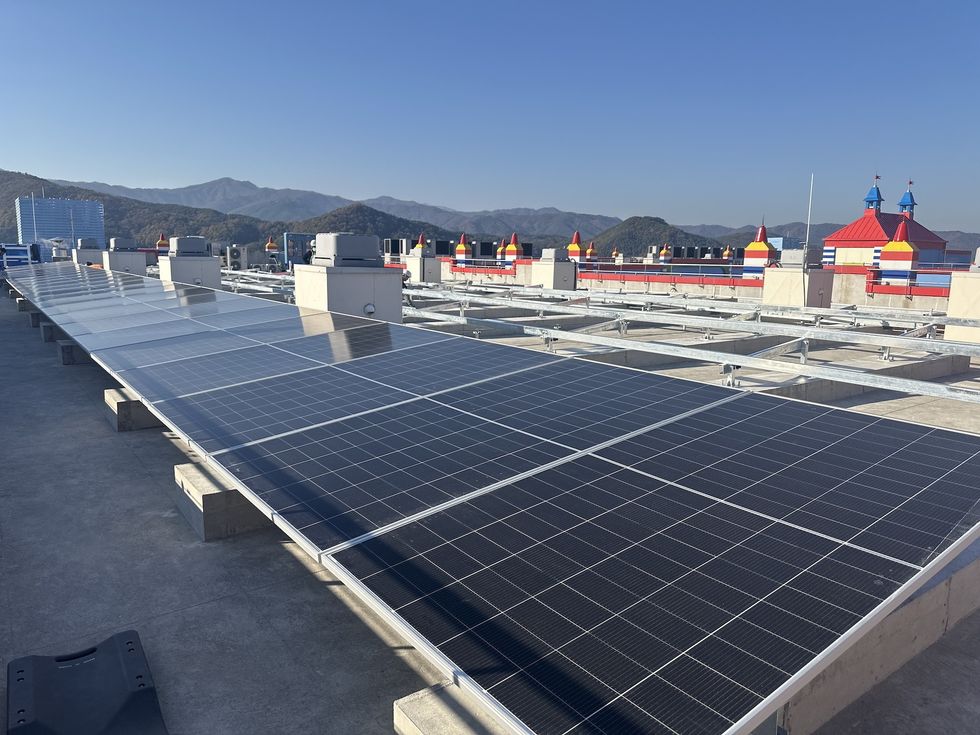

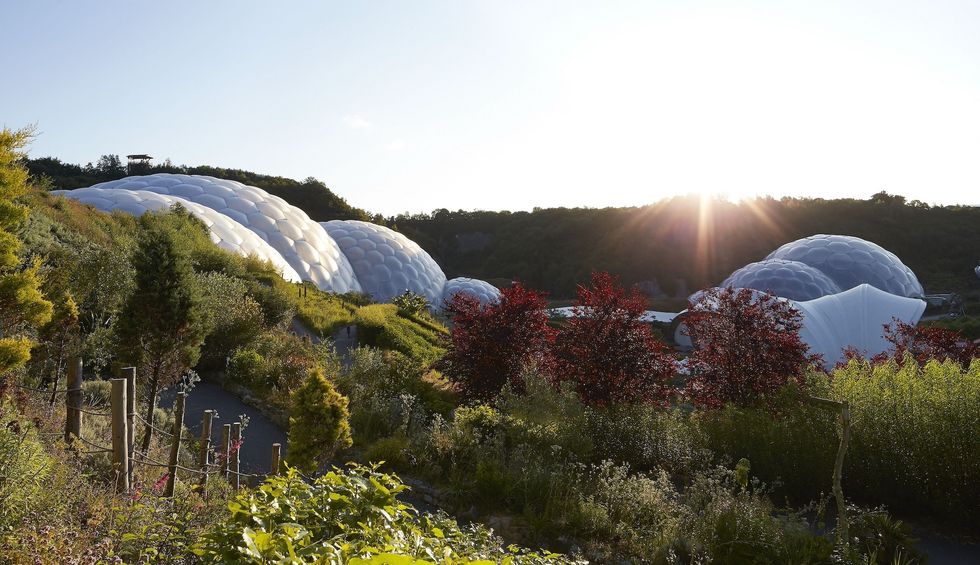
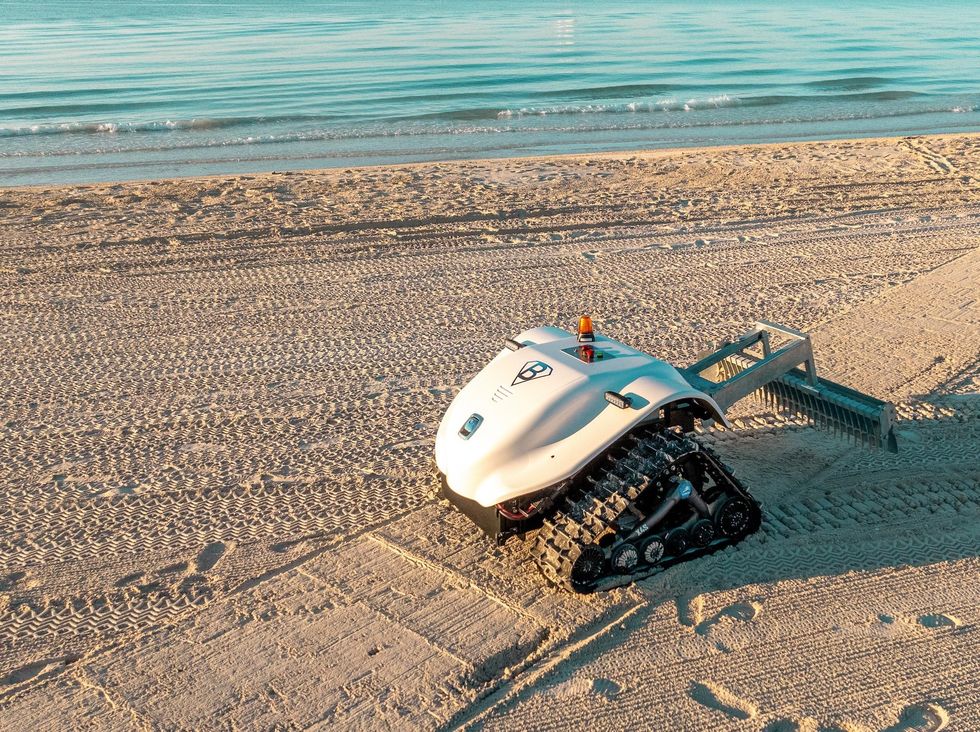

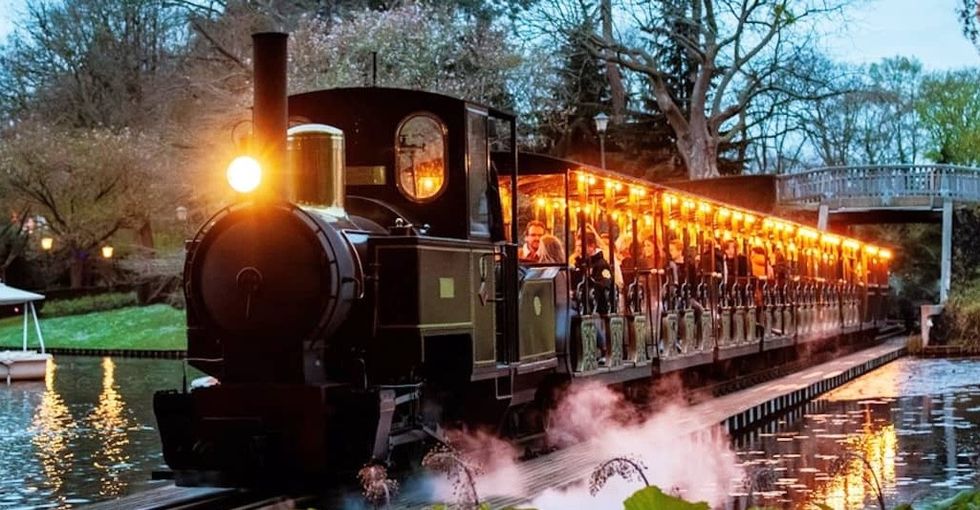
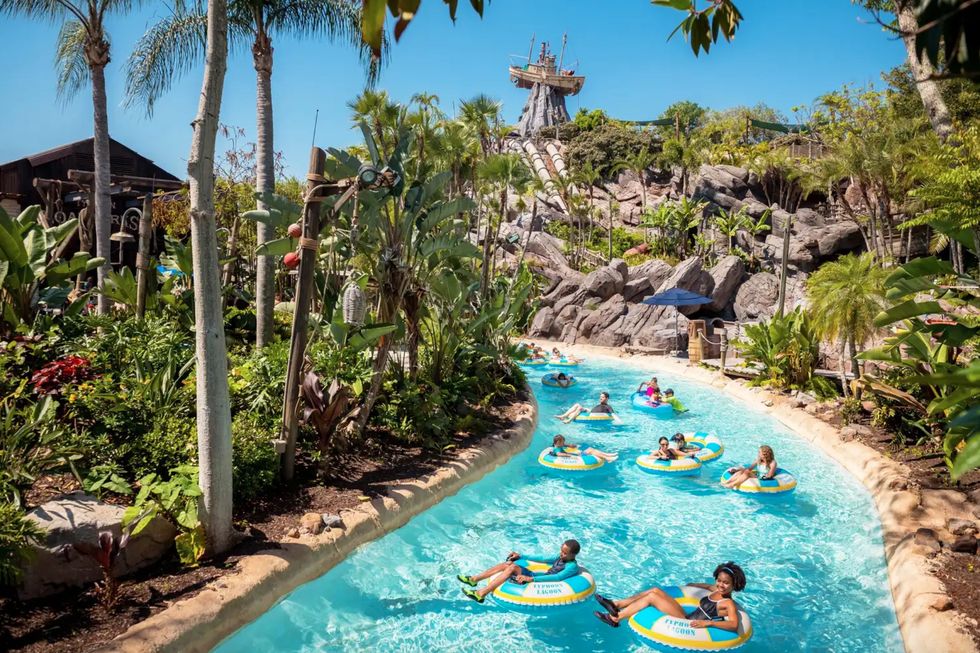
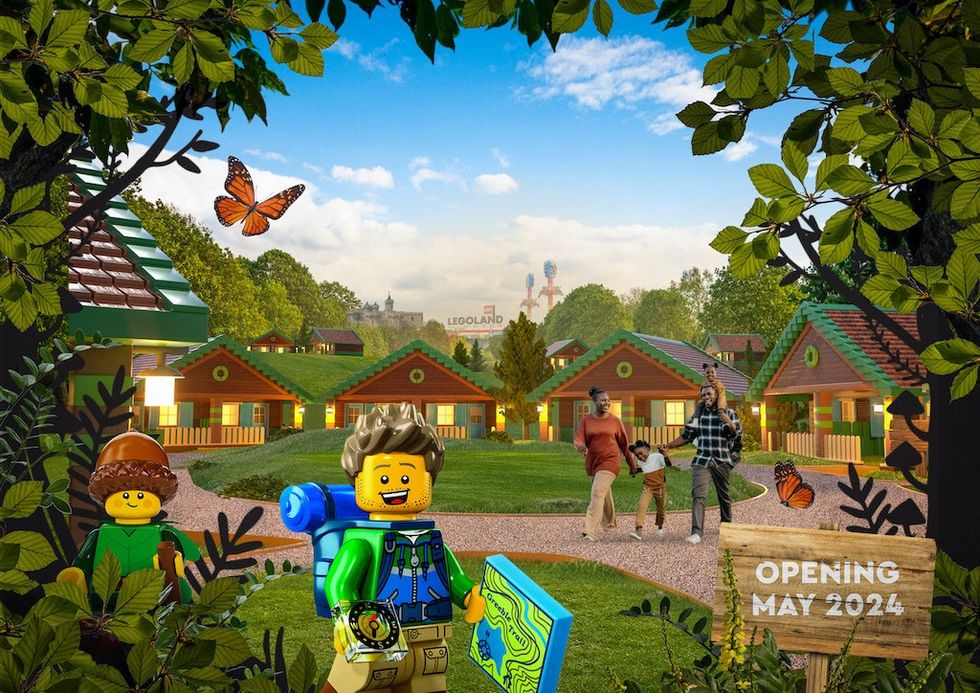
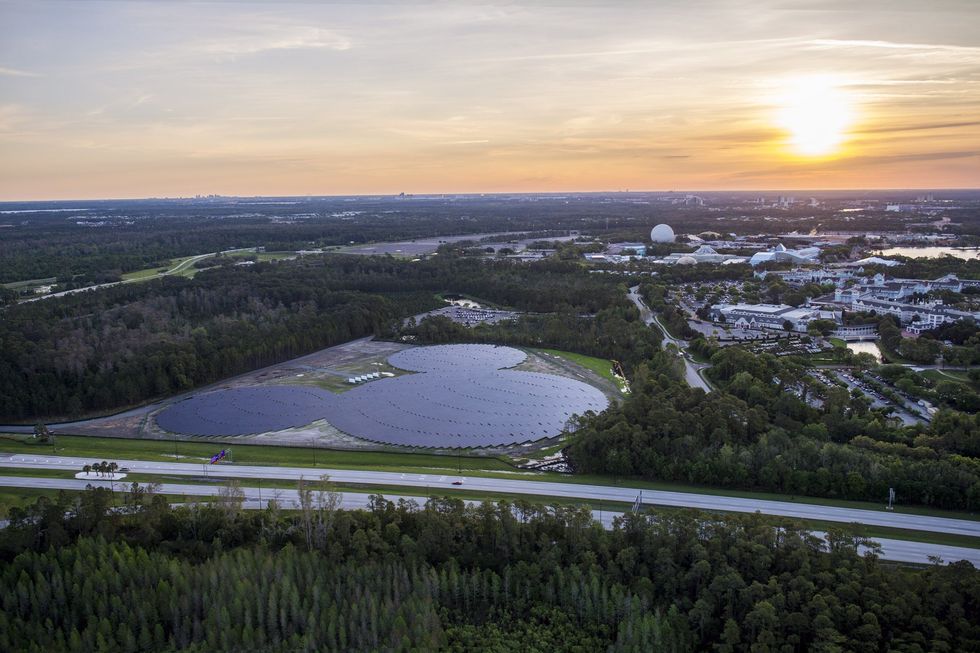

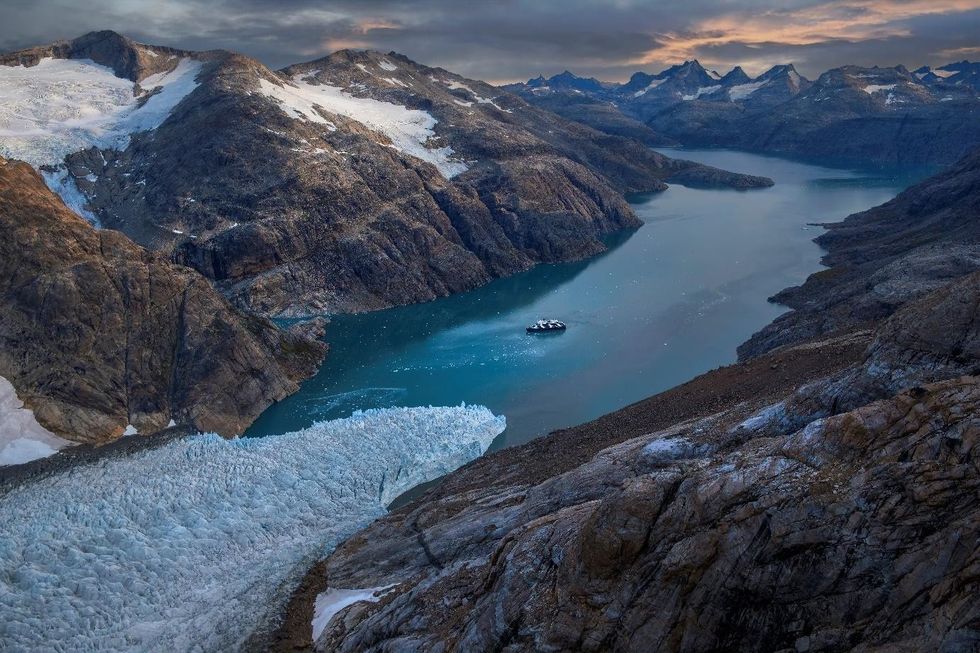
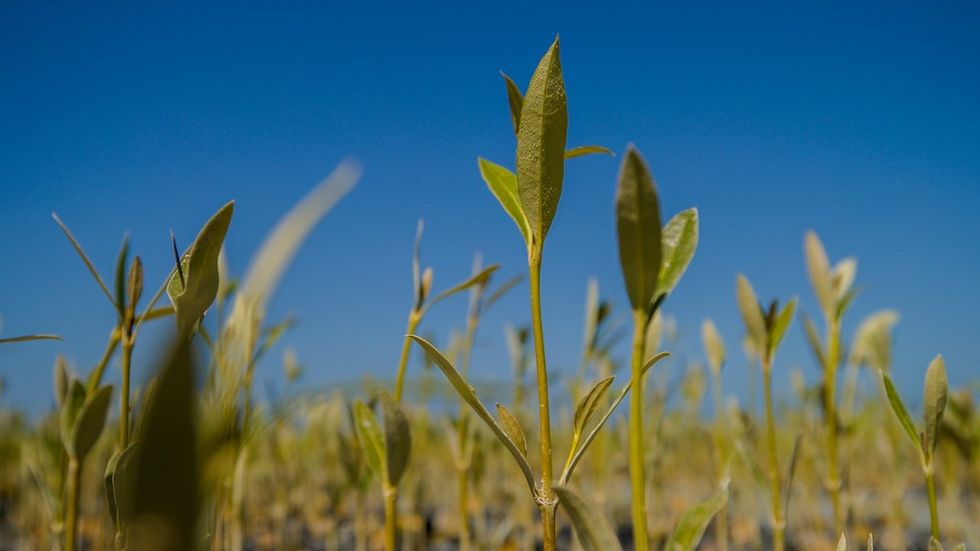

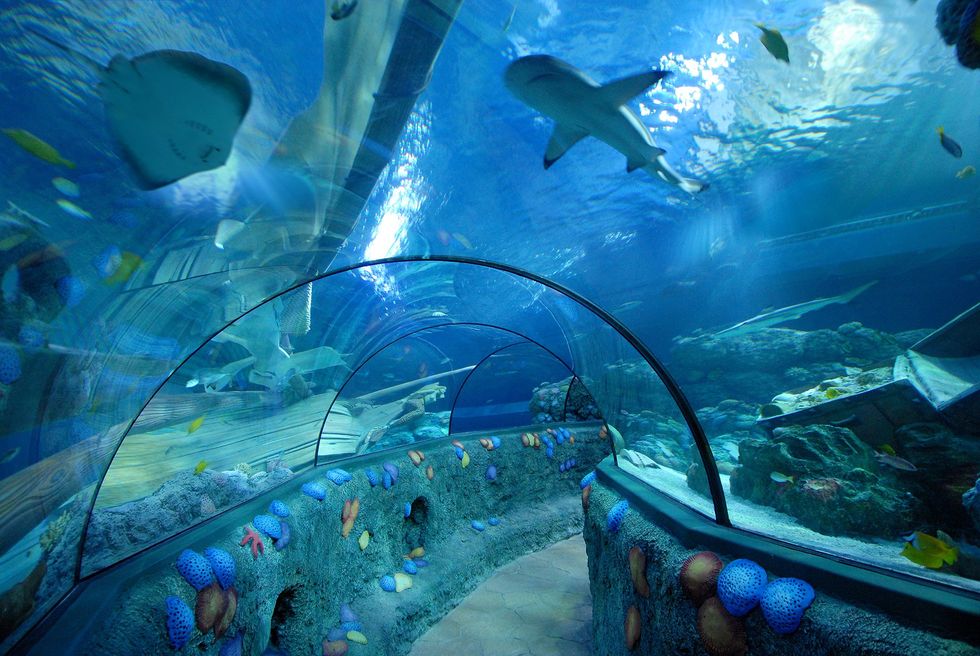
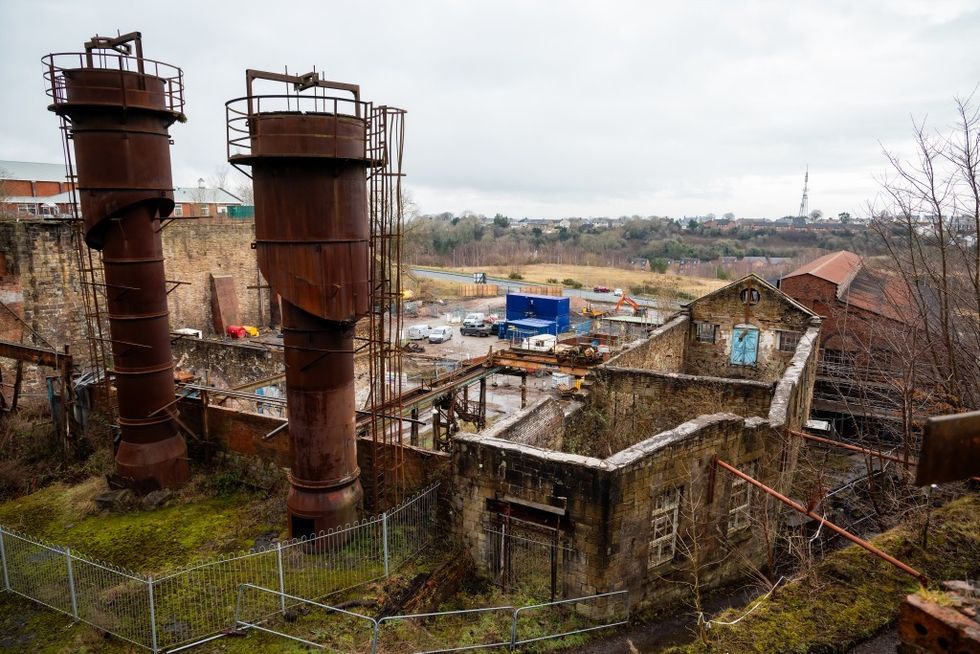
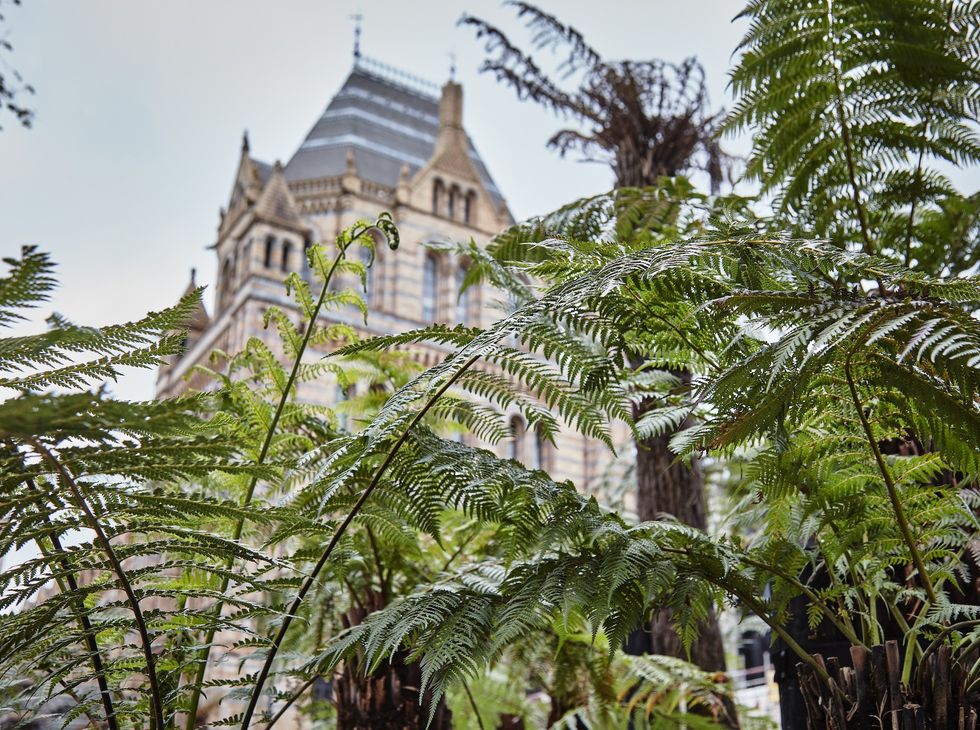
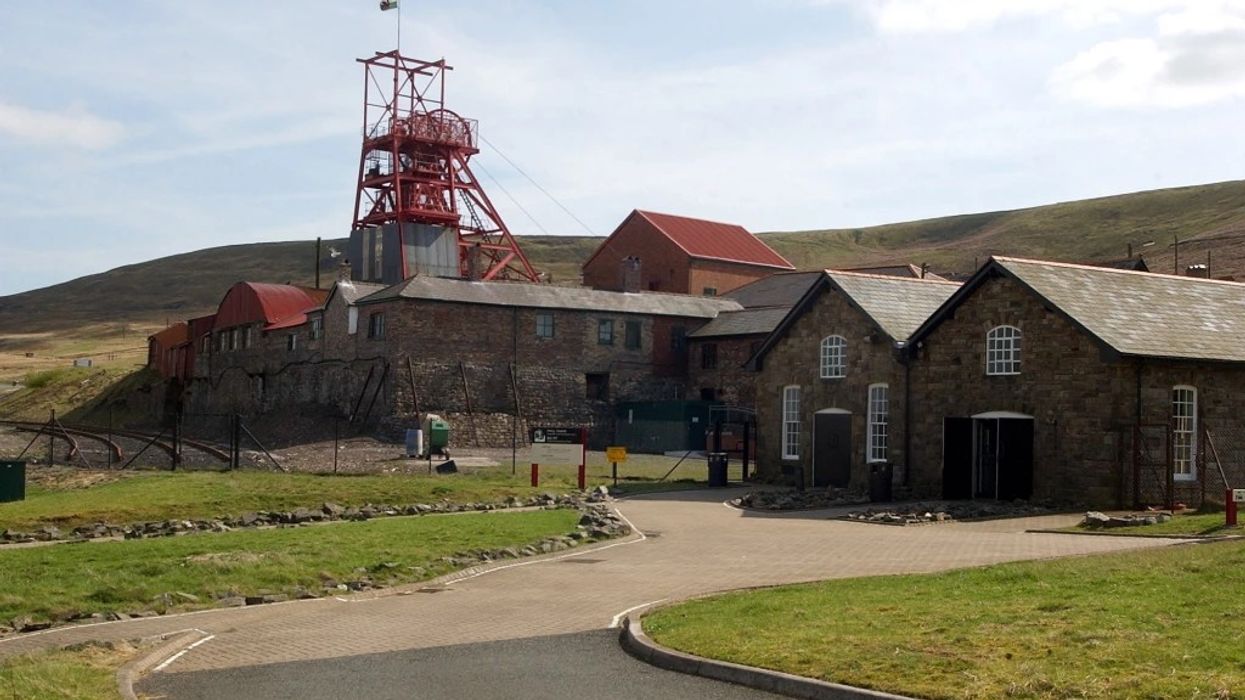
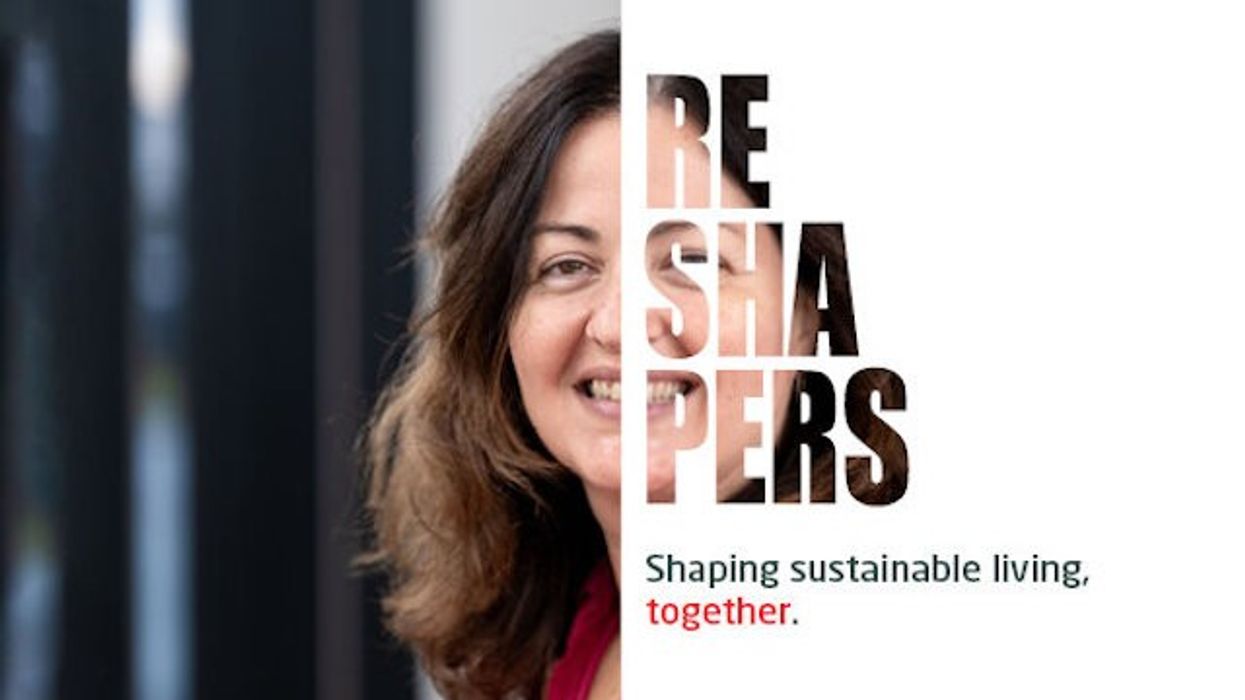
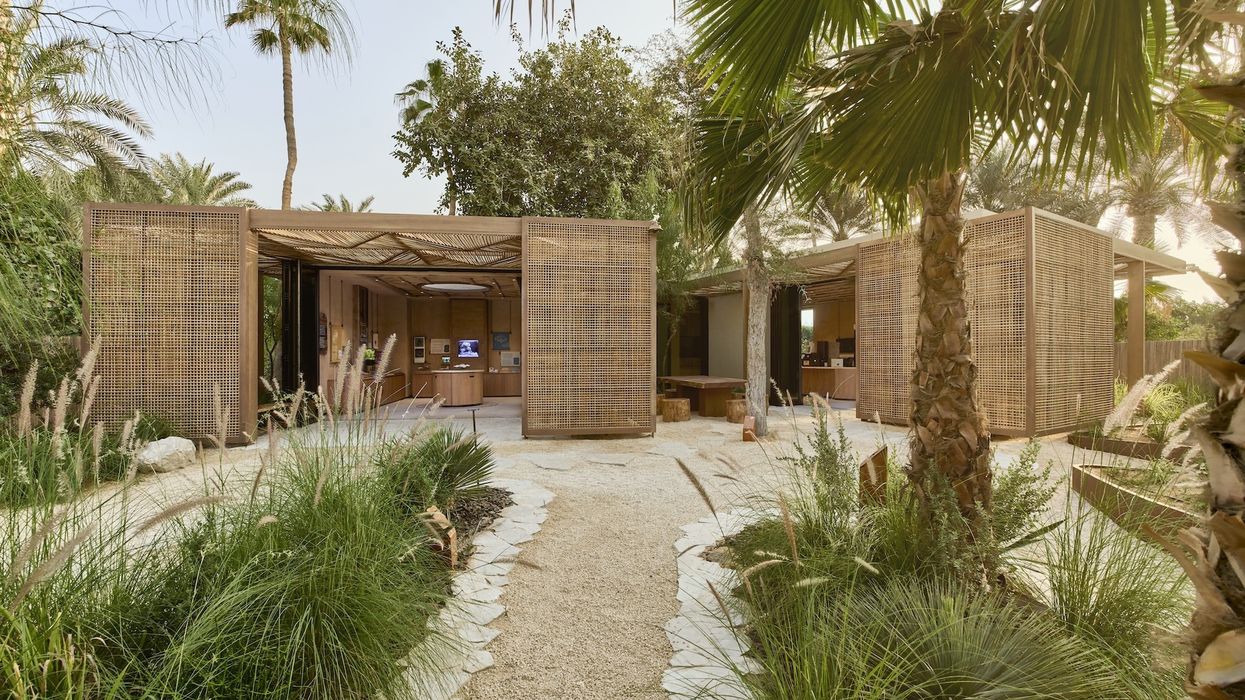

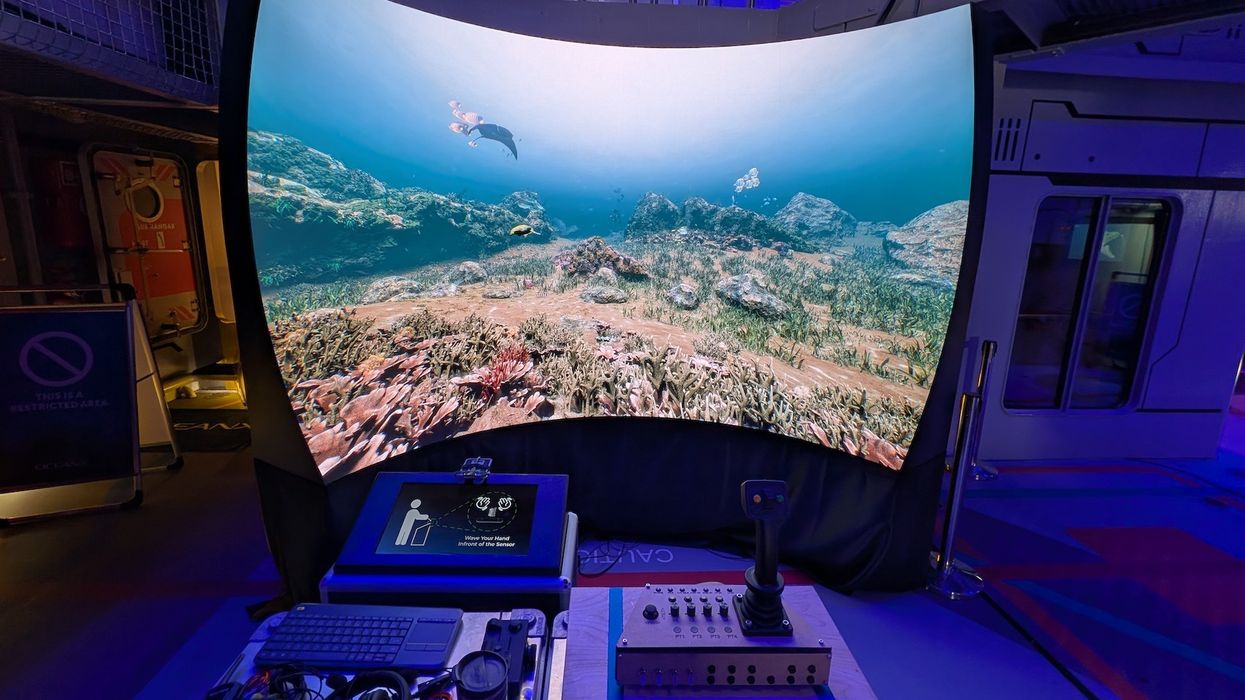
 TM Lim and Adam Wales
TM Lim and Adam Wales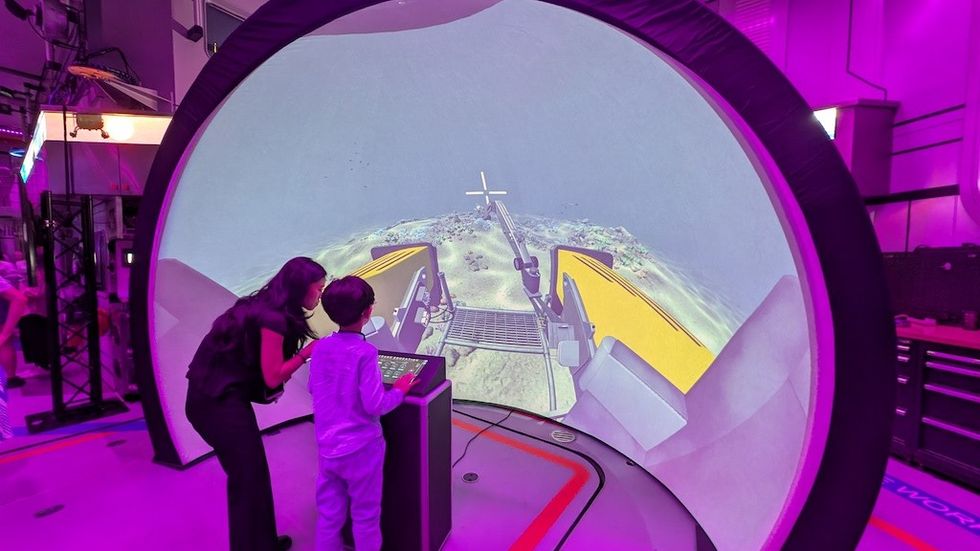
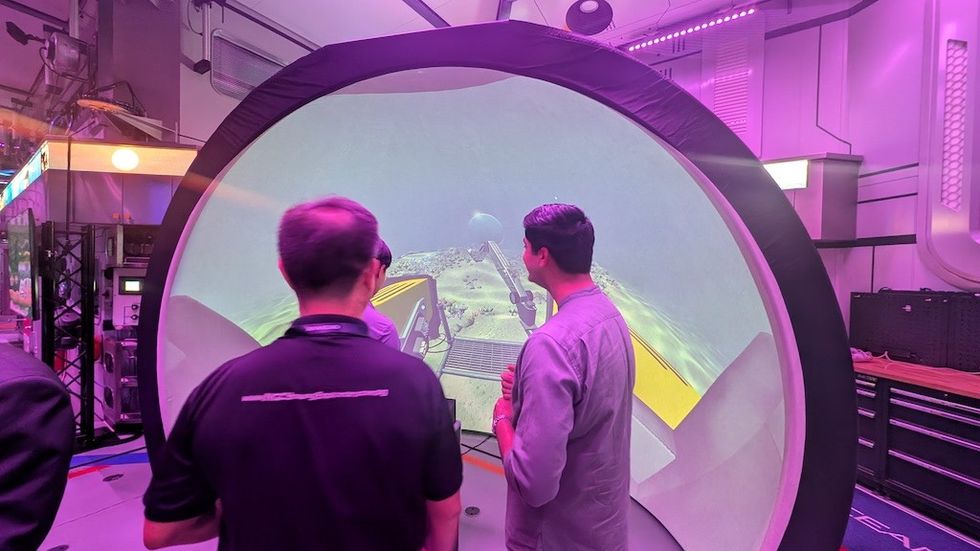
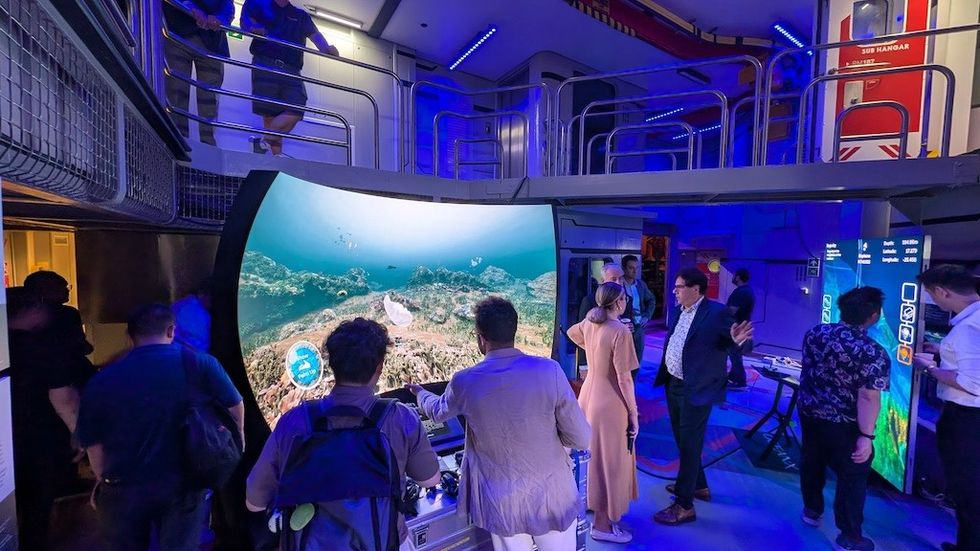







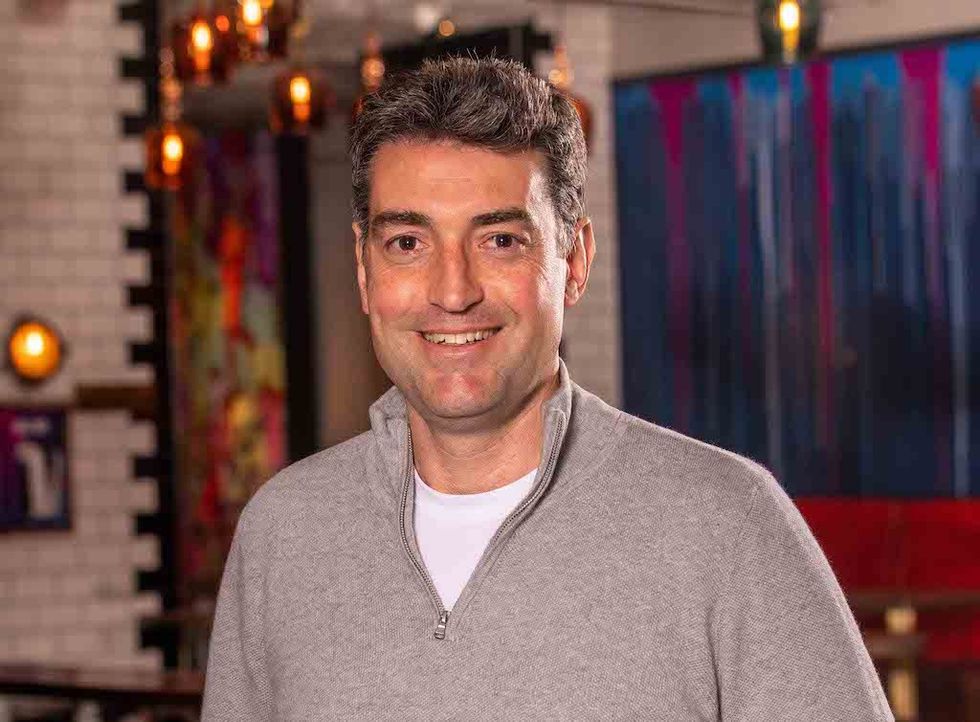 Toby Harris
Toby Harris Hijingo
Hijingo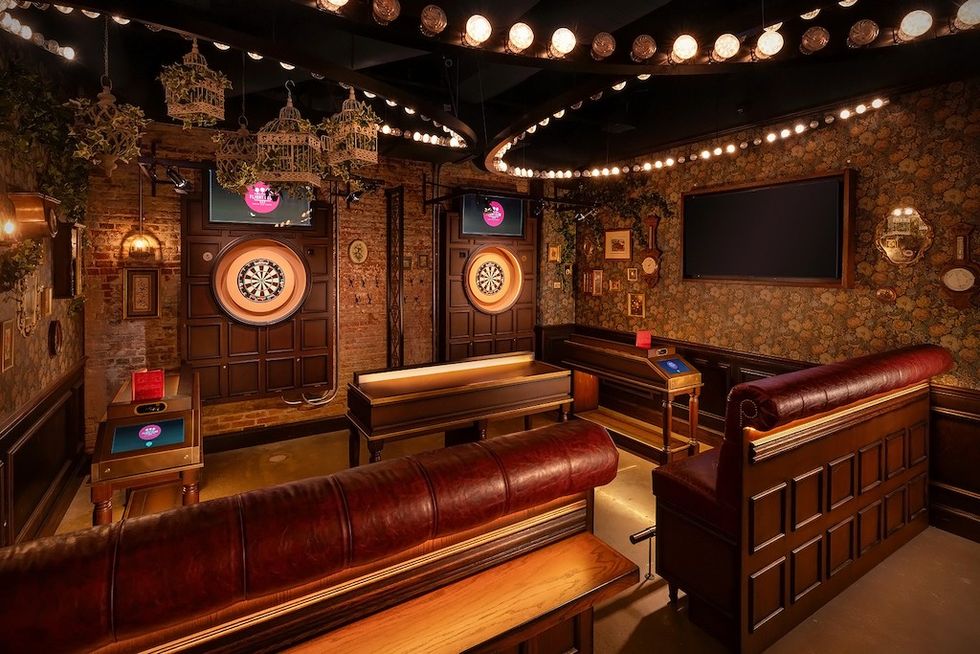 Flight Club, Washington D.C.
Flight Club, Washington D.C.
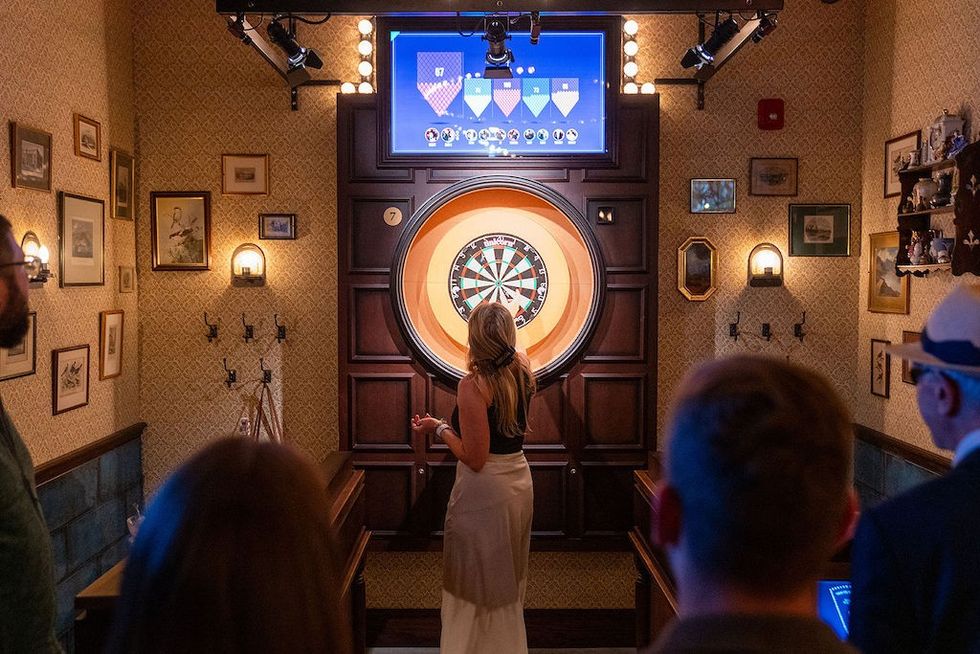 Flight Club Philadelphia
Flight Club Philadelphia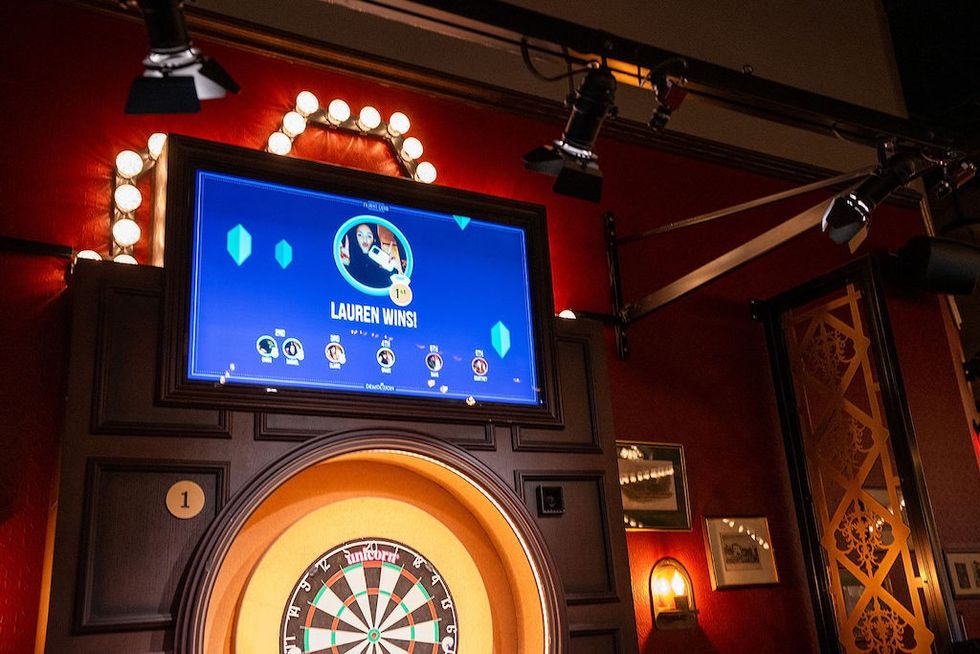 Flight Club Philadelphia
Flight Club Philadelphia Bounce
Bounce Hijingo
Hijingo Bounce
Bounce
 Fernando Eiroa
Fernando Eiroa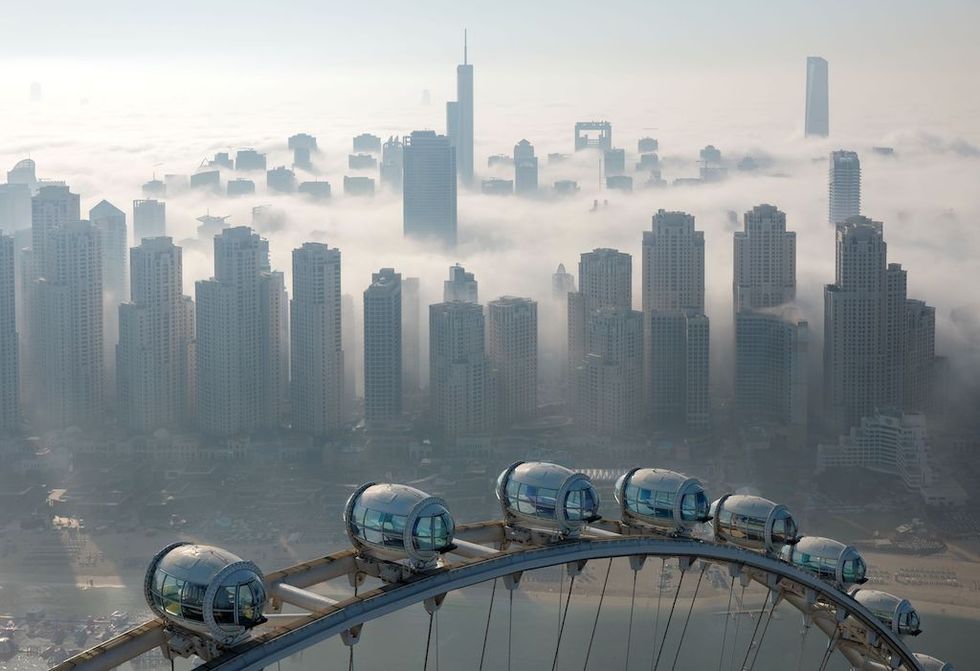
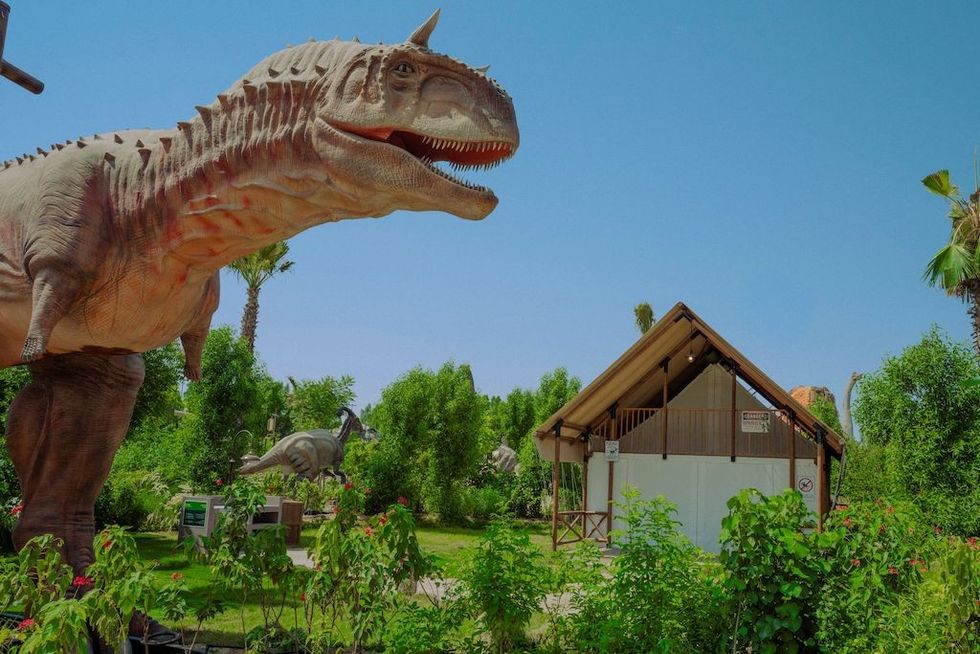

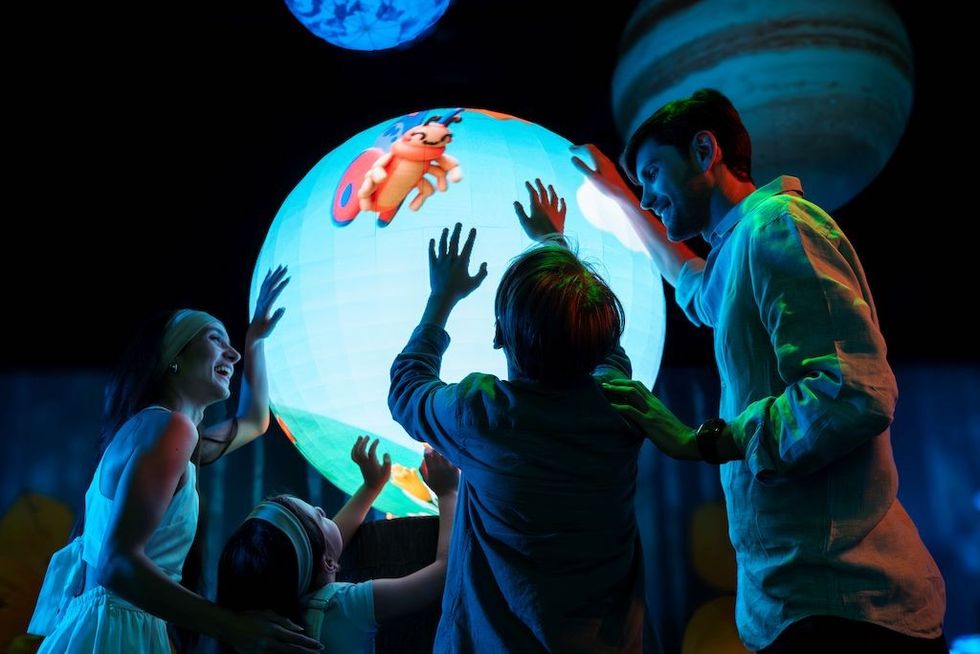







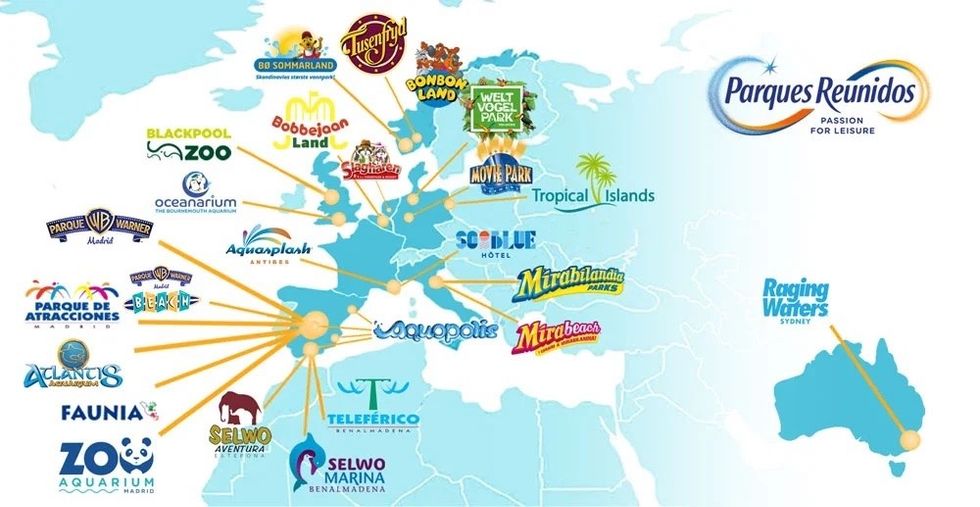
 Nickelodeon Land at Parque de Atracciones de Madrid
Nickelodeon Land at Parque de Atracciones de Madrid Raging Waters
Raging Waters  Mirabilandia's iSpeed coaster
Mirabilandia's iSpeed coaster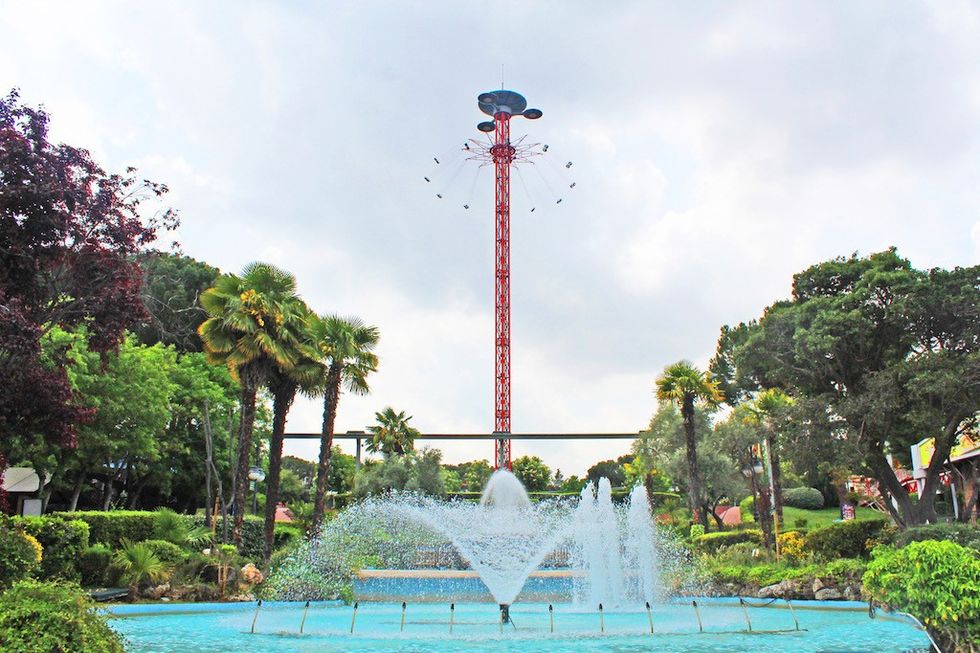 Parque de Atracciones de Madrid
Parque de Atracciones de Madrid Ferracci at the ribbon-cutting ceremony for Nickelodeon Land at Mirabilandia, with (left) Marie Marks, senior VP of global experiences for Paramount and (cutting the ribbon) Sabrina Mangina, GM at Mirabilandia
Ferracci at the ribbon-cutting ceremony for Nickelodeon Land at Mirabilandia, with (left) Marie Marks, senior VP of global experiences for Paramount and (cutting the ribbon) Sabrina Mangina, GM at Mirabilandia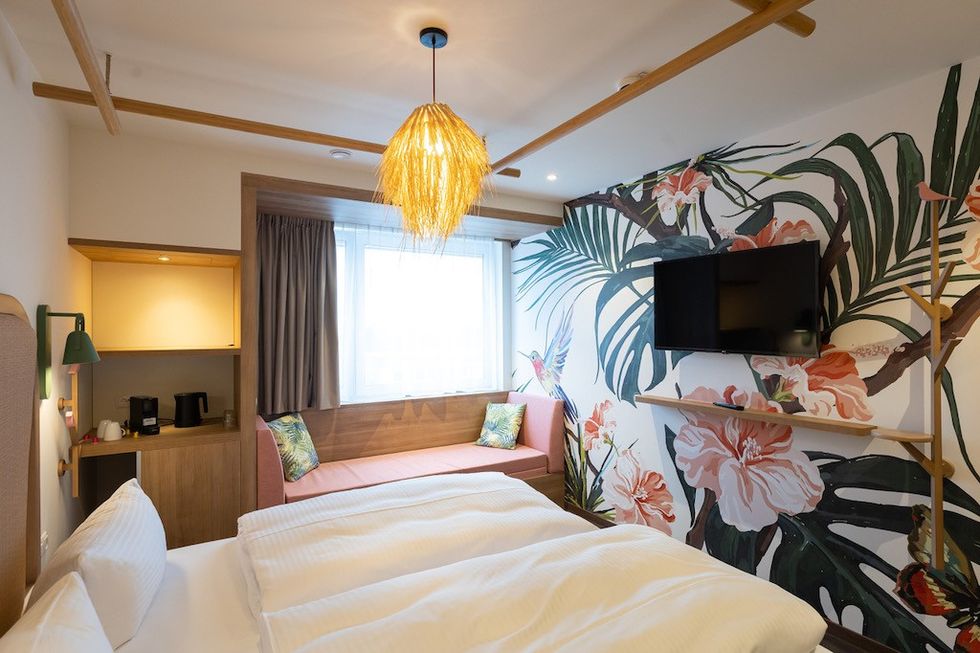 Tropical Islands OHANA hotel
Tropical Islands OHANA hotel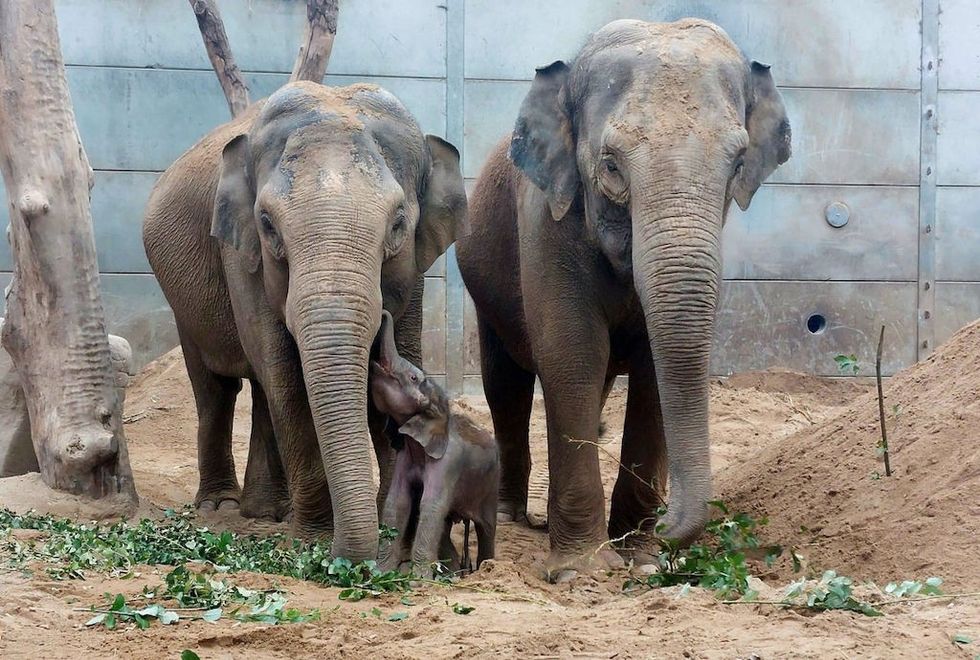 Elephants at Blackpool Zoo
Elephants at Blackpool Zoo 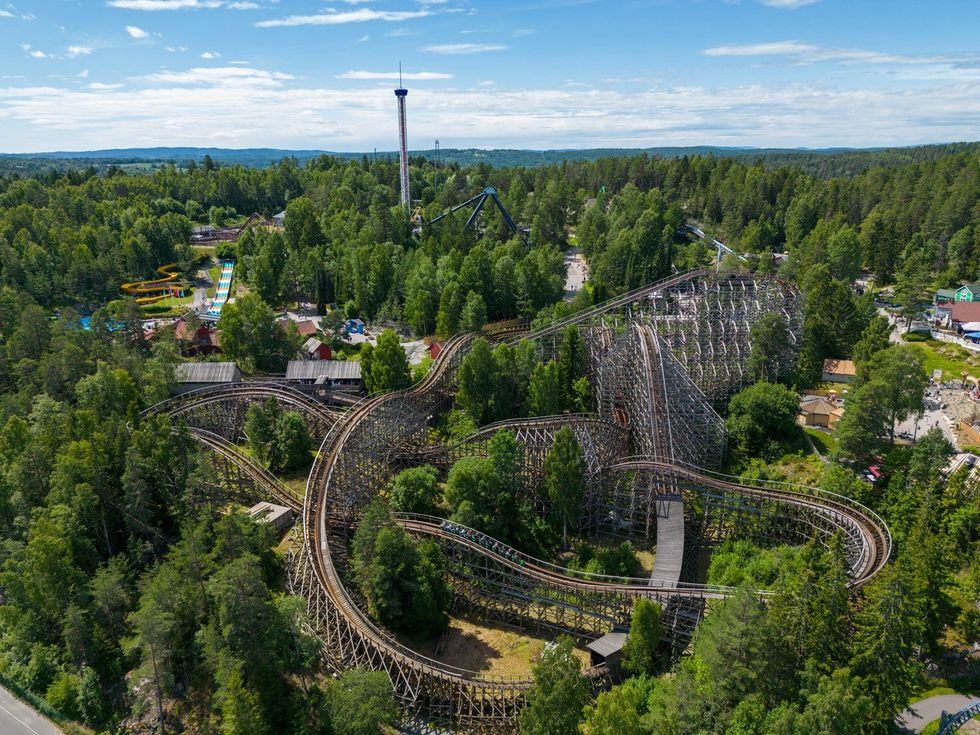 Tusenfryd
Tusenfryd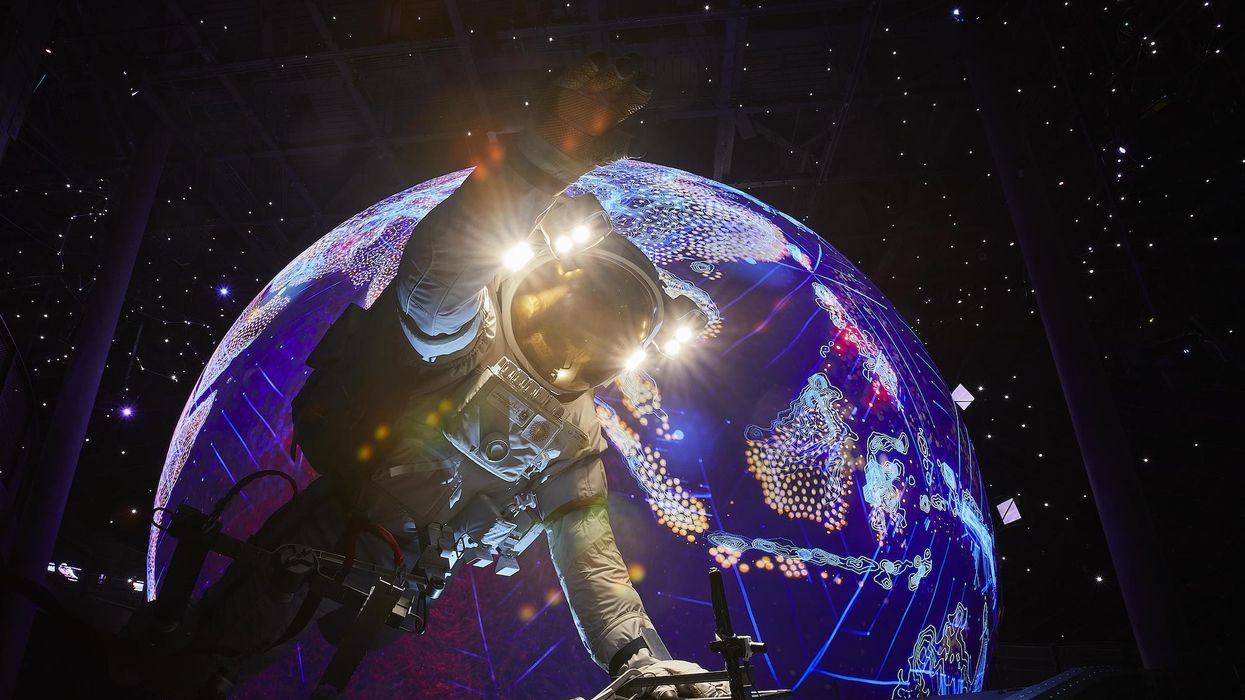
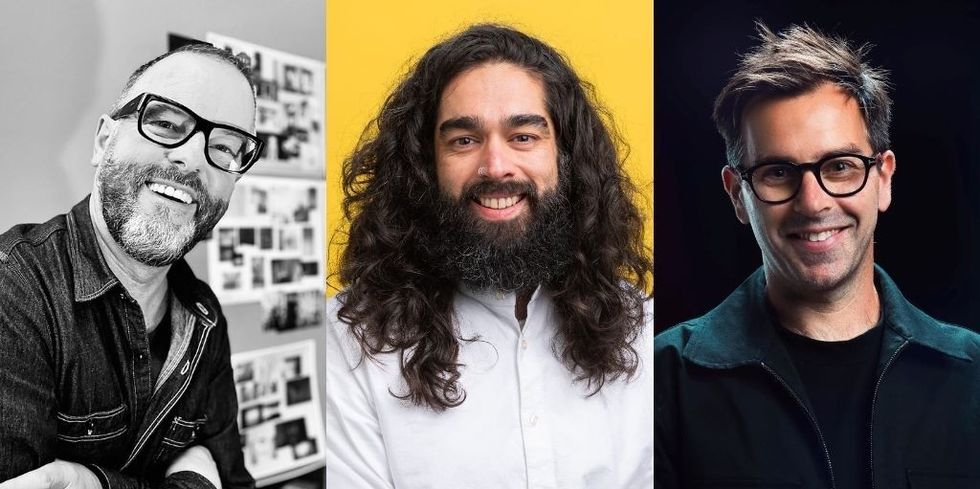 Andrew Thomas, Jason Aldous and Rik Athorne
Andrew Thomas, Jason Aldous and Rik Athorne

